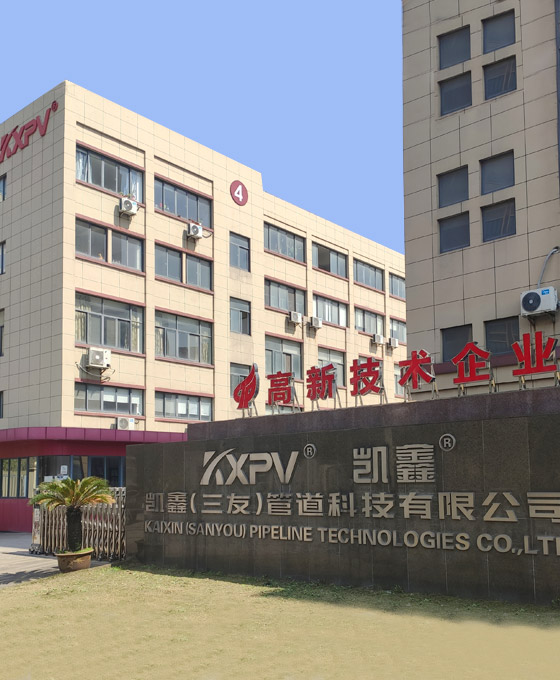UPVC Flange Type Diaphragm Valve DN15-300
Cat:Diaphragm Valve Series
Hot selling factory direct DN15-DN250 high temperature Latest design New UPVC Flange Plastic Diaphra...
See Details
The globe valve design is inherently suited for fine adjustment of flow, providing excellent control over fluid movement. Unlike other valve types tha...
Read MoreThe sealing system in PPH plastic pipe valves utilizes elastomeric seals made from advanced materials such as EPDM (Ethylene Propylene Diene Monomer),...
Read MorePPH plastic pipe valves are specifically designed to deliver reliable performance in systems with fluctuating flow rates or pressure. Polypropylene is...
Read MoreWhen cleaning PVDF plastic pipe valves, it is essential to select appropriate cleaning agents that will not compromise the integrity of the material. ...
Read MoreWhat Is CPVC/UPVC/PVDF/PPH/FRPP Plastic Valve
A CPVC/UPVC/PVDF/PPH/FRPP plastic valve is a type of valve that is made from plastic materials such as polyvinyl chloride (PVC), polypropylene (PP), or high-density polyethylene (HDPE). Plastic valves are commonly used in various industrial, commercial, and residential applications due to their lightweight, corrosion-resistant, and cost-effective properties. They are available in a range of sizes, shapes, and configurations and can be used for controlling the flow of liquids, gases, and other materials.
Uses Of CPVC/UPVC/PVDF/PPH/FRPP Plastic Valve
1.Plastic valves are commonly used in various industries and applications such as:
2.Plumbing: for controlling the flow of water, gas, or other liquids in a piping system.
3.Irrigation: for controlling and directing water flow in agriculture and landscaping.
4.HVAC: for controlling the flow of air in heating, ventilation, and air conditioning systems.
5.Chemical processing: for controlling the flow of corrosive or hazardous liquids in chemical plants.
6.Food and beverage: for controlling the flow of liquids and gases in food processing and storage.
7.Medical equipment: for controlling the flow of fluids in medical devices, such as dialysis machines.
8.Automotive: for controlling the flow of fluids in automobiles, such as brake systems, coolant systems, and fuel systems.
9.Other industrial applications: such as oil and gas production, water treatment, and waste management.
Function Of Plastic Valve
A CPVC/UPVC/PVDF/PPH/FRPP plastic valve is a device used to control the flow of liquids, gases, or other materials through a piping system. It works by adjusting the opening and closing of a passageway, allowing for regulation of the flow. The function of a plastic valve can vary based on its specific design, but it is commonly used for tasks such as regulating pressure, directing flow, or shutting off the flow of a substance altogether. The use of plastic in the construction of valves offers several benefits, including corrosion resistance, durability, and cost-effectiveness.
Features of Plastic Valve
Plastic valves have several key features, including:
Lightweight: Plastic valves are lightweight and easy to handle, making them ideal for use in low-pressure applications.
Chemical resistance: They are highly resistant to corrosion and chemical attacks, making them suitable for use in chemical processing plants.
Low cost: Plastic valves are generally less expensive than metal valves, making them a popular choice for cost-sensitive applications.
Low friction: Plastic valves have low friction, which reduces the wear and tear of valve components, improves flow, and extends the life of the valve.
Food-grade compatibility: Some plastic valves are approved for use in food and beverage applications, making them suitable for use in food processing plants.
Variety of shapes and sizes: Plastic valves come in a variety of shapes and sizes, making it possible to select the right valve for a specific application.
Easy installation: Plastic valves are easy to install, making them a good choice for use in applications where quick and easy installation is required.